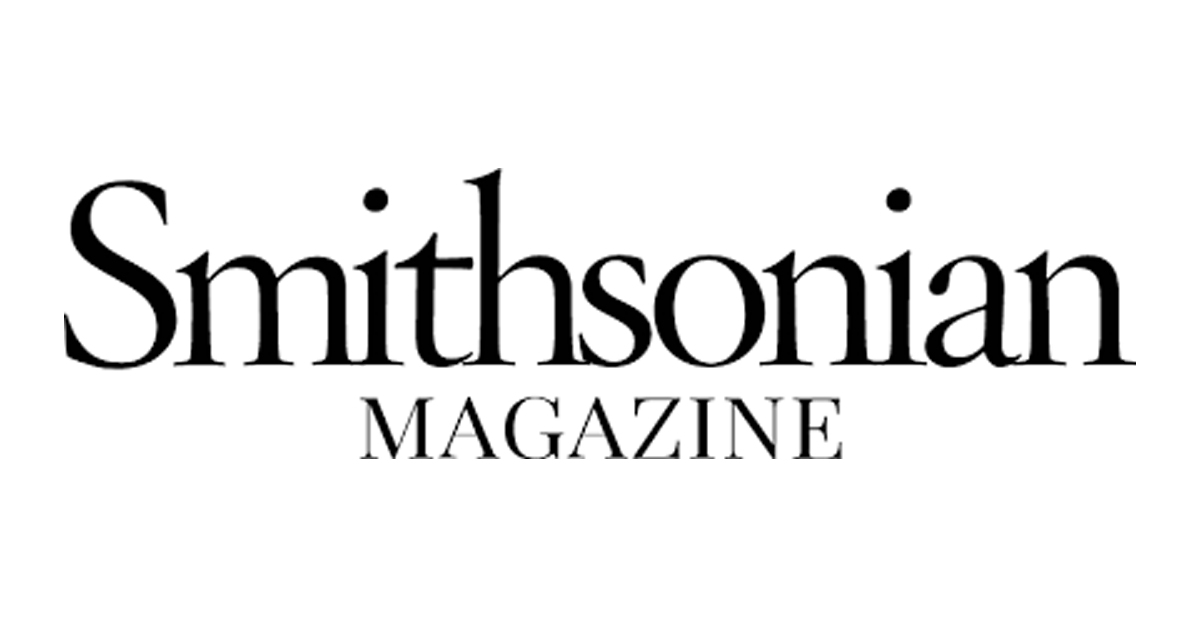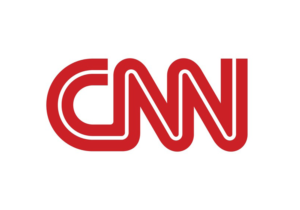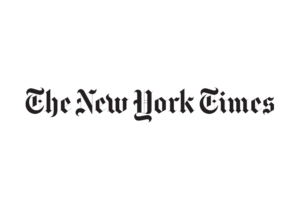The brilliantly colored banner—now on view in San Francisco—flew on “Gay Freedom Day” in 1978
A priceless piece of queer history has returned home to San Francisco, reports Ezra David Romero for KQED. Earlier this month, the GLBT Historical Society Museum unveiled a glass case containing a rare artifact: a segment of the original rainbow gay pride flag, its colors as vibrant as ever.
Now an internationally recognized symbol of LGBTQ pride and civil rights, the rainbow flag design was conceived by a group of activists in San Francisco in 1978. Per a statement, its creators included queer artists Gilbert Baker, Lynn Segerblom and James McNamara, as well as more than 30 volunteers.
The rare fragment—presumed lost for more than four decades—resurfaced last year, writes Peter-Astrid Kane for the Guardian. It will be featured as the centerpiece of “Performance, Protest and Politics: The Art of Gilbert Baker,” an ongoing exhibition about the activist’s life and work. (Viewers can peruse an online version of the show here.)
Baker, Segerblom, McNamara and other activists first flew two versions of their brilliantly colored flag at the United Nations Plaza on June 25, 1978, in celebration of “Gay Freedom Day.” Each measuring 30- by 60-feet, the designs were hand-stitched and dyed with eight colored stripes: pink to symbolize sex, red for life, orange for healing, yellow for the sun, green for nature, turquoise for art and magic, blue for serenity, and purple for the spirit, according to the online exhibition.
One of the flags also featured a riff on the United States’ national flag, with blue-and-white tie-dyed stars in its upper corner. (Later iterations of the flag dropped the hot pink and turquoise stripes because they were costly to produce.)
In his memoir, Baker wrote that the rainbow design was “natural and necessary,” adding that the motif “came from earliest recorded history as a symbol of hope.”
The artist proposed a rainbow as a “modern alternative” to the pink triangle—a symbol used by the Nazis to mark and persecute gay people, and one which queer communities have since reclaimed as a symbol of pride.
“[The rainbow flag] doesn’t say the word ‘Gay,’ and it doesn’t say ‘the United States’ on the American flag, but everyone knows visually what they mean,” Baker said in a 2015 conversation with curator Michelle Millar Fisher. “… And flags are about proclaiming power, so it’s very appropriate.”
Despite their outsized global impact, the two original flags were thought to be lost for more than four decades. One flag was stolen from a community center and never recovered. But Baker managed to quietly rescue a 10- by 28-foot segment of the second flag, which had been placed in storage after sustaining water damage, as GLBT Historical Society executive director Terry Bewsick tells the Guardian. Baker took the item with him when he moved to New York City in 1994.
After Baker’s death in 2017, the flag and his other belongings were shipped to his sister, who later passed the fragment along to Charley Beal, president of the Gilbert Baker Foundation. Beal did not realize he was in possession of the original 1978 banner until early 2020, when a vexillologist (or flag expert) examined the item firsthand and confirmed its provenance, per the statement.
The flag is now part of the GLBT Historical Society’s permanent collection. Speaking with KQED, Beswick says he traveled to New York to transport the rare flag—packed in a lavender suitcase—back to San Francisco himself. He adds that the iconic rainbow design has succeeded in part because it conveys a bright, hopeful message.
“People hang it in small towns and in countries where they still experience a lot of oppression,” Beswick notes, “but it also has become a political statement to say that we exist, we have the right to love who we want to love and to participate as full members of society.”




